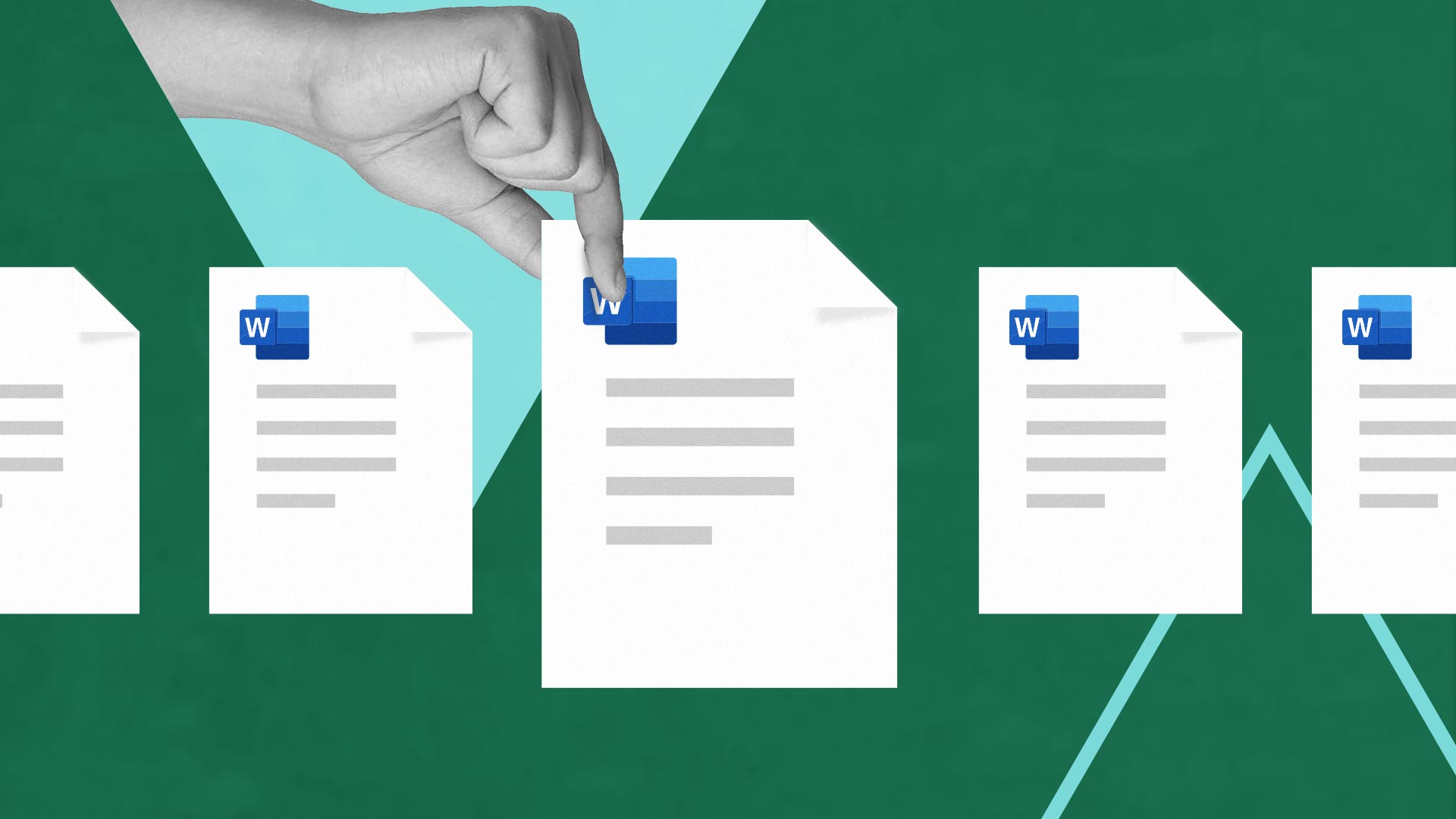Legal brief templates can be a great time-saving tool for lawyers. They are pre-made legal documents that contain all of the necessary elements of a legal brief, formatted in a specific way. However, there are several things to keep in mind when using legal brief templates.
In this blog post, we will discuss the pros and cons of using legal briefs templates. We will start by explaining how they can be helpful, then move on to list the elements of a good template. Finally, we will discuss the dangers of relying too heavily on legal brief templates and provide an alternative solution: Legal AI.
Why use legal brief templates?
The use of legal brief templates can be advantageous to lawyers in certain situations. It can save them time, as they do not have to start from scratch when writing a brief. The template also ensures that all the necessary elements of a legal brief are included. Furthermore, it is formatted in the way that courts expect and will accept, which means that the lawyer will not have to worry about any formatting issues.
The challenges of legal writing
Legal writing is hard because it needs to include all the necessary information and must be written using very specific language. It can take a lot of time to make sure the wording is correct, nothing is missing, each argument is presented convincingly, and there is no chance of misinterpretation. That is why lawyers often use legal brief templates, which are pre-made documents with all the details needed for a legal brief already included in them.
What are the elements of a legal brief template?
A good case brief template can be seens as a legal brief format example. It will contain all the necessary elements of a legal brief, including an introduction, facts of the case, analysis, and conclusion. The introduction should provide background information on the case and introduce the legal issue, ideally as a concise summary of the relevant facts. The facts of the case should be accurately presented and supported by evidence. The analysis should clearly explain how the law applies to the facts, while the conclusion should provide a recommendation or suggest an outcome.
What are the pitfalls of using legal brief templates?
Although legal brief templates can be highly useful on many occasions, they can also be a hindrance.
1. Outdated templates
If the template is not updated regularly, it may contain outdated information or laws that are no longer relevant. This can lead to errors in the brief and ultimately hurt the lawyer’s case.
2. Variance in court requirements
Each court may have different requirements for legal briefs. If a template is used without any modifications, it could be rejected by the court. Because of this, it is sometimes faster to write a brief from scratch than to make sure a template is changed to match the expectations of a specific judge.
3. Lack of customization
Case brief templates are pre-made documents that cannot be customized for specific cases or clients. This means that any additional information must be added manually, which can be time-consuming. Templates tend not to be created with specific or complex issues in mind, and may be missing key elements and clauses that are important in certain cases, or make it difficult to squeeze in all the relevant details.
4. No room for creativity
Legal brief templates are designed to be generic and provide a standard structure. This means that there is no room for the lawyer to be creative or innovative in their approach to the case.
5. Over reliance on templates
Although legal brief templates can save time, there is a risk that lawyers may become too reliant on them. This can lead to a lack of original thinking and creativity, as well as mistakes in legal reasoning. Additionally, if the facts of each case are not accurately presented, then the template will be useless.
6. Making a bad impression
If all attorneys use the same templates for case briefs, then judges may become bored seeing similar arguments presented over and over again. This can make the lawyer’s argument seem unoriginal, which may lead to a negative impression of the attorney’s abilities. In other words, even though most courts accept formatted briefs written from templates, there is no guarantee that they will appreciate cookie-cutter case briefs.
In addition, it is important to remember that specific states and lawyers from various countries use their local standards and best practices. If these appear in a brief template, they can seem correct despite looking awkward and out of place to a more experienced eye. In some cases, mistakes like this can invalidate even the strongest arguments.
7. Templates are drafted by people of unknown experience and skill
The person who drafts the template may not have the same amount of knowledge or experience as a specialized lawyer. This means that there is no guarantee that the brief will be written correctly, which can lead to costly mistakes. It is even possible that a template was not prepared by a legal professional.
8. Uncertainty
Creating a brief from scratch means that every element in it is there for a specific purpose. Using a template, on the other hand, can lead to uncertainty as to what each part of the text means or is supposed to achieve. This can lead to unforeseen legal consequences, which can be disastrous for the client. While it is not difficult to check each section and do the necessary research, this can take too much time, defeating the purpose of using a template in the first place.
9. Not enough specificity
Legal brief templates are, by necessity, rather vague. They cannot cater to the specific needs of each case and their lack of detail can be detrimental in some situations. Vague word choice can be particularly harmful in legal documents, after all, leading to misinterpretations and miscommunication. When using templates, it is crucial to ensure that each term is specified, and the reader will always understand which of the parties involved is being referred to.
10. Plagiarism
Not all legal brief templates are free to use, and it is easy to mistakenly copy someone else’s work. This can lead to serious repercussions, and the intellectual property rights of the original author can be violated as a result.
11. Templates should be a starting point
Legal brief templates can be a great starting point for creating more tailored briefs. However, they should not be used as an end-all solution, as this can lead to mistakes in the argument and miscommunication.
12. Limited to certain tools
A Microsoft Word legal brief template might be difficult or annoying to use with Google Docs, for example. If the lawyer’s primary tool is not compatible with the template, then they must use other tools to edit it or create one from scratch. As a result, they do not gain the main benefit of using a template: saving time.
Choosing the best case brief template
There is no universal answer to the question "which case brief template is the best one to use?" This is going to depend heavily on each particular case. In order to ensure the best possible outcome, it is essential to consider every detail of the case and choose a template that provides sufficient guidance for creating an effective legal argument.
This can be very challenging. However, it is not too difficult to adjust the template to more specific needs. It is a good idea to first look at the template in outline form. As a general rule, this outline should provide dedicated space for all the basic information relevant to the case, as well as any additional facts or points of law that the lawyer needs to include.
Next, check each section in more detail to make sure it is formatted properly to fit specific court requirements. Some areas that can be problematic include citations, references and abbreviations. Finally, make sure that the more free-flowing sections - like the argument section, the introduction and the conclusion - are not fully written out. A main issue of many templates is that they all feel the same or very similar, and these less restrictive sections are perfectly suited for a creative touch.
The benefits of case brief templates and similar tools
It is undeniable that legal brief templates save time. Their other benefits include:
- The ability to quickly create a document that looks professional and is well-structured.
- A consistent format of the briefs, which can help make them look more organized and easier to read.
- Templates provide an efficient way to gather all relevant information in one place so it can be easily accessed when needed.
- The use of templates can help standardize the process, making it easier to ensure legal compliance.
Unfortunately, their use can also lead to a range of pitfalls. For this reason, some legal professionals have started to explore the possibility of using artificial intelligence and machine learning as an alternative to templates.
The solution: legal AI
Legal AI is a reliable option that can be used instead of or in conjunction with legal brief templates. By using advanced algorithms and natural language processing, it can generate detailed legal briefs tailored to each case in only minutes. This ensures that lawyers are able to accurately present the facts of their client’s cases while also presenting a unique and creative legal argument.
An AI case brief generator can save a lawyer's time while also increasing the chances of a favorable outcome for their clients. Additionally, tools like AnyLawyer provide features for interpreting less known or vaguely worded clauses, comparing elements of the template against current legislation, and adjusting existing passages to match specific requirements.
AI-driven case brief generators can provide lawyers with all the benefits of using templates without the drawbacks. By automatically analyzing case law and other documents, they can provide valuable insights that would otherwise be difficult to obtain. Furthermore, they are not limited to certain tools and can help lawyers create detailed briefs quickly and easily.
How to write a case brief template with the help of legal AI
Legal AI simplifies the process of drafting a legal brief template. By using this technology, lawyers can quickly create custom briefs with accurate facts and up-to-date laws without having to do any manual research or writing.
Using AI to write a legal brief template is easy. First, pick a case brief generator like AnyLawyer. Then enter the facts of the client's case and any relevant laws. The AI will use these facts and laws to create a custom legal brief tailored to the situation. It will also look for less known or vaguely worded clauses and compare against current legislation, as well as adjust existing passages so they match specific requirements.
Proofreading
Remember to always carefully read through the entire document before sending it in. While AI tools have become incredibly advanced - ChatGPT was good enough to pass the bar - they still make mistakes.
The future of case brief templates
Legal brief templates can be useful for creating solid foundations for briefs, but should not be used as a complete solution on their own, as they come with many potential pitfalls. To ensure that lawyers are able to accurately present their cases through a unique and creative legal argument, they should consider using legal AI. It is the smarter choice, with its advanced features and fast turnaround times. It can help lawyers save time while increasing the chances of a favorable outcome for their clients.




